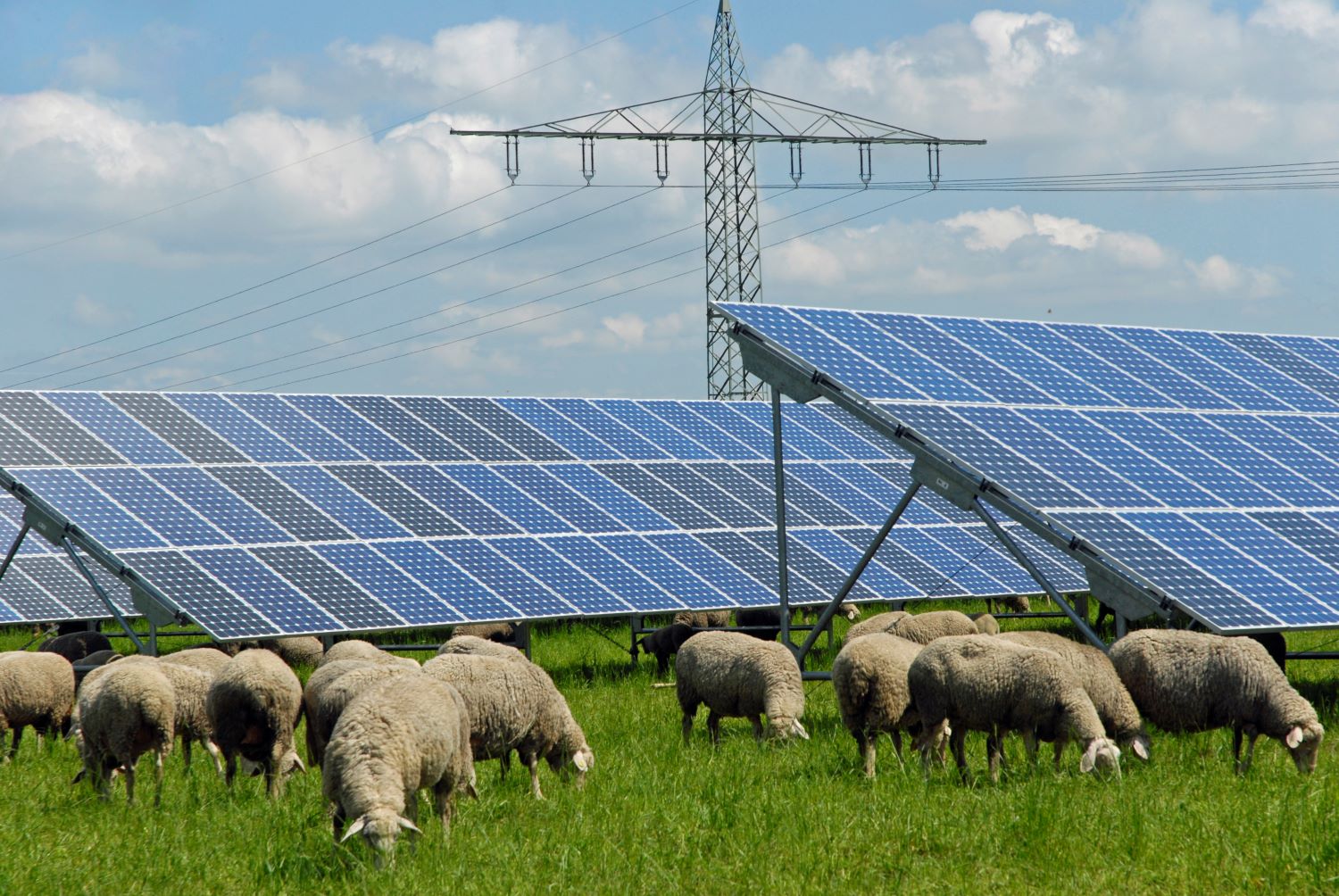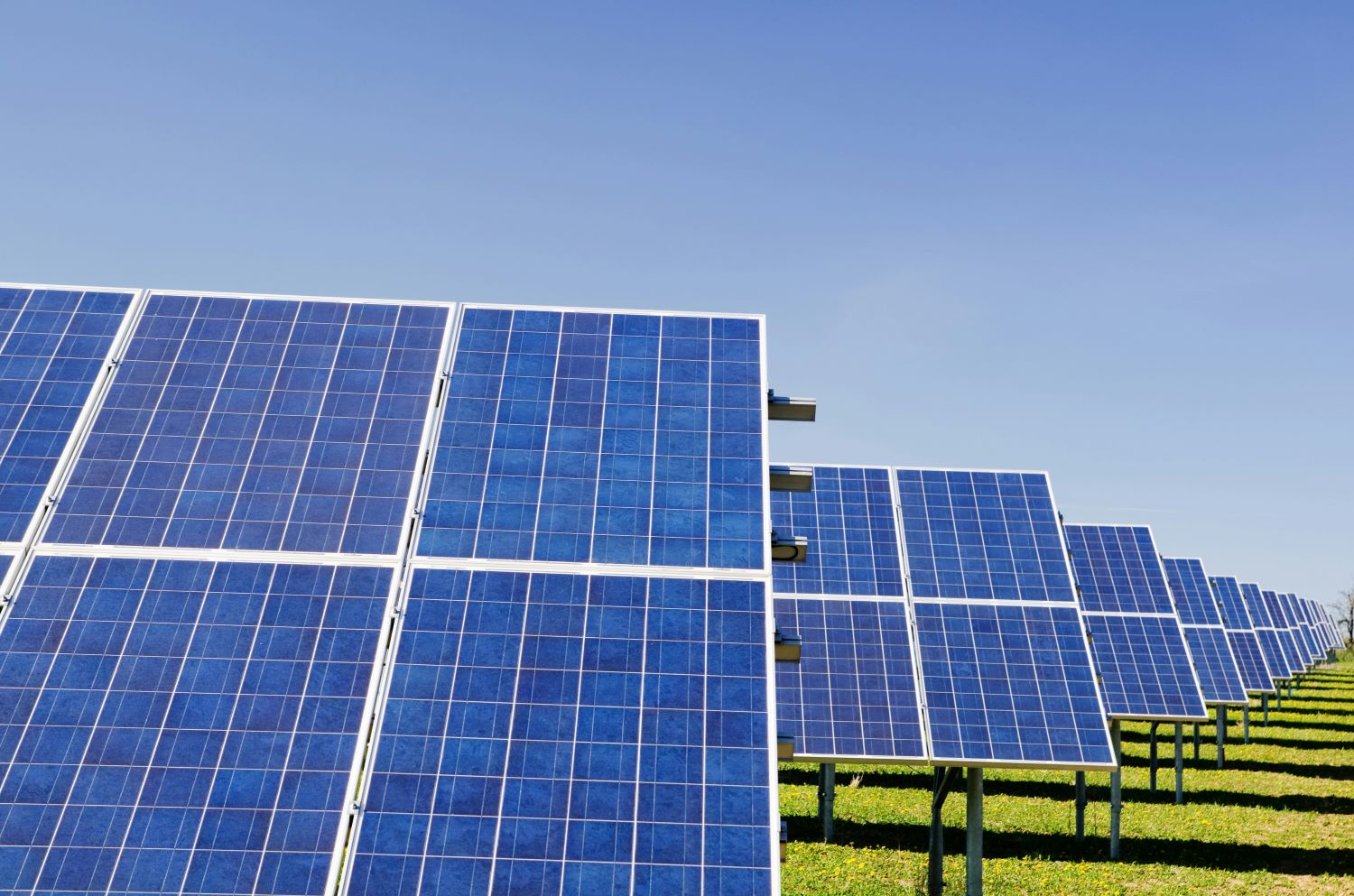New Zealand’s first National Adaptation Plan (the Plan) has now been published. This Plan is required under the Climate Change Response Act 2002 and responds to the risks identified in the National Climate Change Risk Assessment 2020, which included risks relating to indigenous and coastal ecosystems, communities, the economy, and the built environment.
At a broad level, the Plan outlines New Zealand’s long-term strategy for adapting to the effects of climate change for the 2022-2028 period. The Plan will work alongside the Emissions Reduction Plan, and together these plans manage New Zealand’s response to climate change.
The Plan includes a series of objectives for addressing climate change risks, and action points to achieve those objectives. These action points are described as “critical actions”, less urgent “supporting actions”, or future work programmes and are grouped into the following broad topics: enabling better risk-informed decisions; driving climate-resilient development; adaptation options; natural environment; homes, buildings and places; infrastructure; communities; and the economy and financial systems. There are many action points contained in the Plan however some examples of the critical actions are:
- Develop guidance for assessing risk and impact on physical assets and the services they provide;
- Establish an initiative for resilient public housing;
- Reduce and manage the impacts of climate hazards on homes and buildings;
- Develop and implement the Waka Kotahi Climate Adaptation Plan;
- Strengthen the fisheries management system and support the aquaculture sector to sustainably grow;
- Deliver biosecurity actions to protect our indigenous ecosystems and economy from invasive species; and
- Modernise the emergency management system.
Different groups have different roles to play in adapting to the effects of climate change, and the roles of central government, local government, the private sector, and individuals are discussed below.
Role of central government
The central government will adopt a leadership role and act in partnership with the local government. This role will include establishing regulatory and institutional settings that support adaptation, increasing the accessibility of information and data to allow others to make informed decisions on preparing for climate change effects, and managing investments and risks to its own assets such as roading, schools and hospitals.
Role of local government
Local government will be at the heart of risk management due to the valuable knowledge that they hold on the occurrence and effect that hazardous events have on their local area. Local government’s role will include helping their communities understand climate change and responding to issues with their community. They will need to be aware of inequity to ensure that no one particular community or demographic is at a higher risk of displacement or poor wellbeing. They also have responsibilities relating to natural hazards, civil defence and emergency management, and local planning, and will need to improve the resilience of their own infrastructure.
Role of Private Sector
The private sector, particularly those that own lifeline utilities or are based in the financial sector, will need to be aware of risks to their assets, portfolios and liabilities, and whether they have invested enough in resilience and adaptation to combat climate change effects. Such investment can both reduce risks, and also create new opportunities such as by benefitting from new markets and innovation.
Role of individuals
Individuals’ daily lives are increasingly being affected by climate change effects, such as through supply chain issues, power cuts, and evacuations. Individuals will require information to be available that outlines how climate change risks could impact them, to allow them to make informed decisions. Such decisions include creating evacuation plans and protecting their assets. In relation to protecting their homes this could mean building a seawall, placing a house on stilts, re-locating the home, or avoiding at-risk areas all together.
Conclusion
Climate change is a continuous process and therefore the National Adaptation Plan will be updated every six years to ensure climate change risks are being addressed. The Plan can be found here: Aotearoa New Zealand’s first national adaptation plan | Ministry for the Environment.
Please feel free to contact us if you would like to know more about the Plan and how it could affect you or your business.



